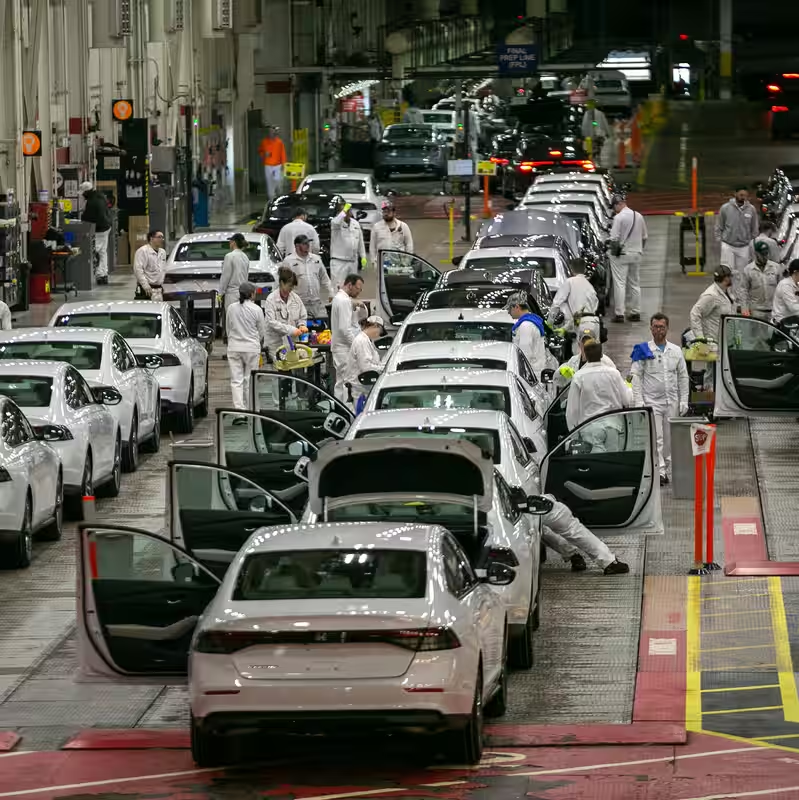Table of Contents
- EPA Climate Rule Rollback Sparks Business Backlash
- What is the Endangerment Finding?
- Why Business Leaders Are Alarmed
- The Patchwork Problem
- An Industry Divided
- What Happens Next?
- Sources
EPA Climate Rule Rollback Sparks Business Backlash
In a move that has sent shockwaves through corporate America, the Environmental Protection Agency (EPA) has formally proposed a plan to dismantle a cornerstone of U.S. climate policy: the 2009 Endangerment Finding. While some industry groups have cheered the potential for reduced regulatory burdens, a powerful coalition of business leaders from the automotive and energy sectors is sounding the alarm, warning of costly legal chaos and a fragmented regulatory landscape that could hurt their bottom lines far more than the current rules ever did .
What is the Endangerment Finding?
The Endangerment Finding, established in 2009, is not just another regulation—it’s the legal bedrock of federal climate action. It formally declared that greenhouse gas (GHG) emissions from motor vehicles pose a threat to public health and welfare. This single determination unlocked the EPA’s authority to regulate carbon dioxide and other GHGs under the Clean Air Act, leading to a cascade of rules for vehicles, power plants, and more .
By targeting this foundational finding, the EPA isn’t just tweaking a rule; it’s attempting to pull the entire legal framework out from under decades of environmental policy .
Why Business Leaders Are Alarmed
Contrary to the narrative that all businesses crave deregulation, many executives see the EPA’s plan as a recipe for disaster. Their primary concern? A flood of expensive and unpredictable litigation.
“This isn’t about being pro- or anti-regulation; it’s about certainty,” said one anonymous energy executive. “The Endangerment Finding, for all its complexity, provided a clear, national standard. Tearing it down invites a legal free-for-all.”
Legal experts agree. Without the federal standard, environmental groups and states are almost certain to file lawsuits to force the EPA to act, creating years of legal uncertainty that makes long-term planning and investment incredibly difficult .
The Patchwork Problem
Beyond the courtroom, business leaders fear a return to a pre-2009 reality: a confusing and costly patchwork of state-level regulations. California, which has a special waiver under the Clean Air Act, would likely maintain its strict emissions standards. Other states could follow suit, creating a scenario where automakers and energy companies must comply with dozens of different rules.
Impact on Automakers
For car manufacturers, this is a logistical and financial nightmare. Designing, testing, and producing vehicles to meet a single national standard is complex enough. Adapting production lines for a fractured market would dramatically increase costs and stifle innovation .
Impact on Energy Companies
Similarly, utility and power producers would face a maze of state-level mandates on emissions, making it nearly impossible to build a coherent national energy strategy or invest confidently in new infrastructure .
An Industry Divided
The business reaction is far from monolithic. While major automakers and integrated energy firms express deep concern, some smaller, independent power producers and fossil-fuel-dependent businesses have welcomed the proposal, citing the potential for significant cost savings—up to $170 billion, according to the EPA’s own estimates .
This division highlights a key tension within the business community: short-term cost relief versus long-term strategic stability .
What Happens Next?
The EPA’s proposal is now in a public comment period, with virtual hearings having already taken place . The final rule is expected to be a major flashpoint in the ongoing national debate over climate policy and economic growth. One thing is certain: the fate of the Endangerment Finding will have profound implications not just for the environment, but for the future of American business itself.




